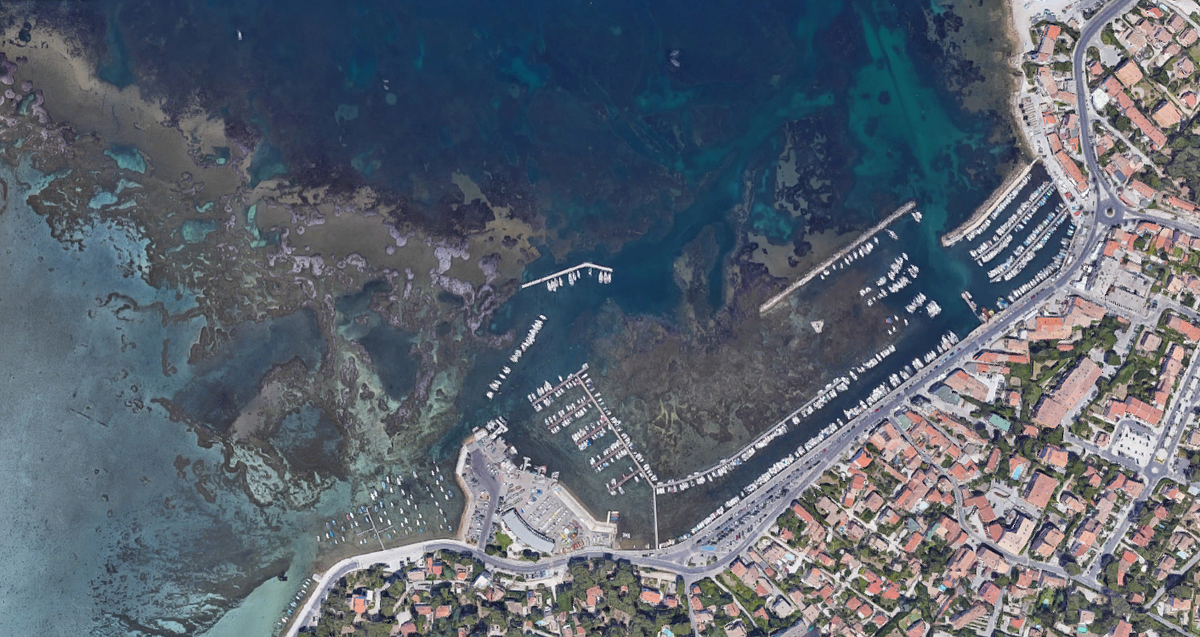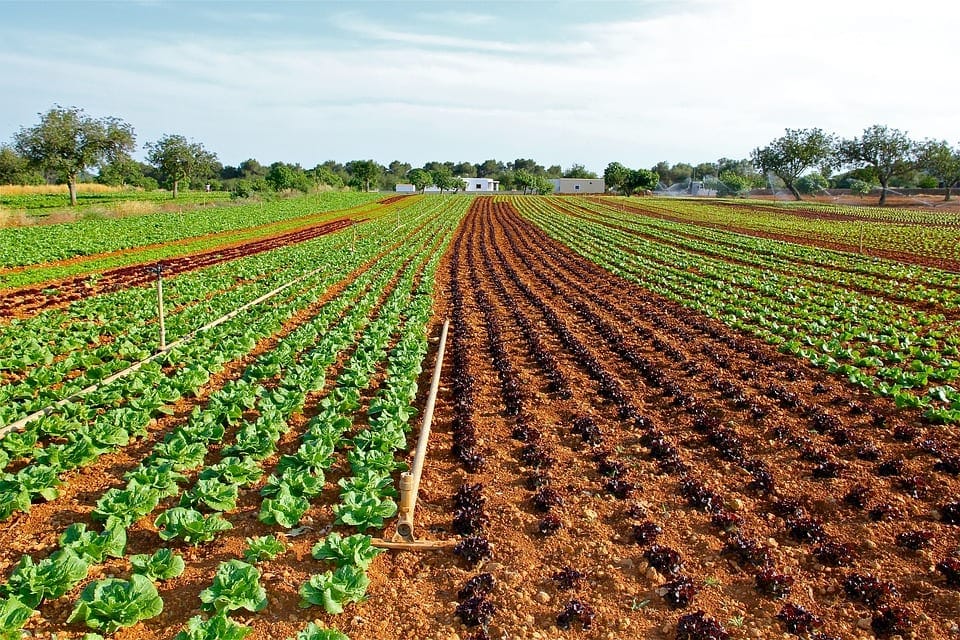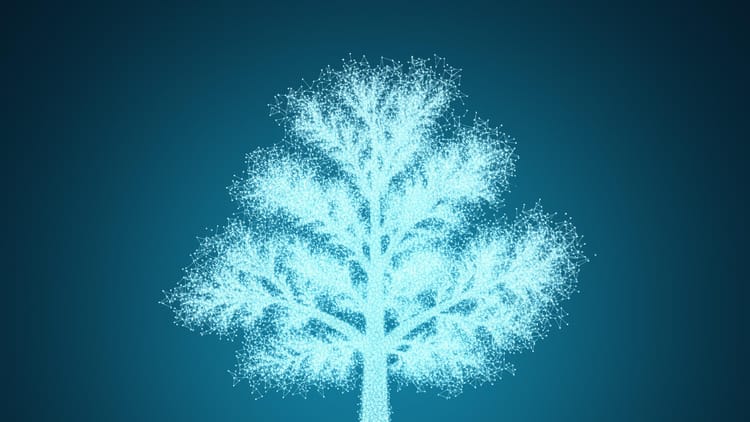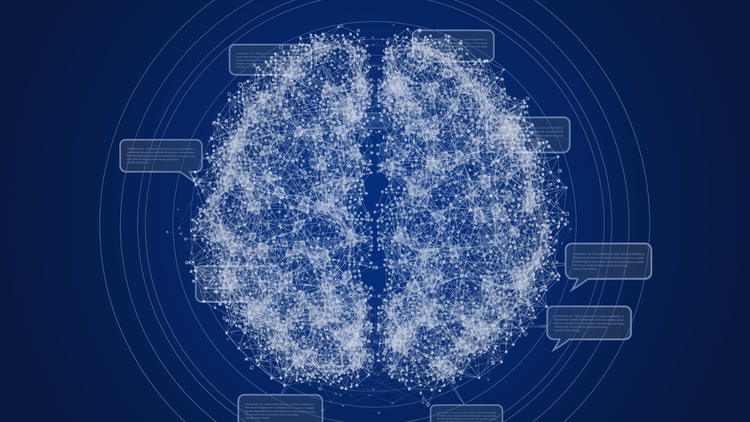In modern history, economic incentives have pushed the agricultural industry towards a system that rewards mono-cropping. The most profitable crop can be planted, the most efficient seed can be purchased, and any exchanges (seed or crop) can be executed in bulk. Additionally, regulatory challenges such as acquiring seed certificates proved less of a burden for mono-crop farms. Unfortunately, the practice of mono-cropping comes at a high cost for the soil and biodiversity. This well-documented degradation of agricultural soil poses a significant threat to the security of the global food supply. At the same time, the decrease in biodiversity has a robust negative effect on the environment [1].
Current farming practices are unsustainable
More sustainable practices need to be adopted in the agricultural sector to combat the loss of biodiversity and the degradation of soil and aim at a more local food supply chain. Regenerative agriculture is a fundamental building block for redesigning agriculture by cultivating crops that increase the quality of the soil, which stops the loss of biodiversity, improves the health of the ecosystem, and increases the quality of water - all while producing diverse nutritionally adequate products [2].
The developments in the research regarding agricultural practices and sustainability have not gone unnoticed. As consumers advocate for more organic and locally produced food, regulatory bodies such as the European Union have sought to incentivise organic agriculture by focusing on indigenous crops.
The global food supply chain is a complex problem with many different actors, stakeholders and interests because of which implementing command & control approaches can be challenging. Although the EU Organic Regulation of 2018 successfully dismantled the bureaucratic hoops regarding seed certification, it proved inadequate in garnering sufficient motivation for the migration towards more sustainable agricultural practices. Several vital challenges hinder farmers when considering the implementation of regenerative agriculture.

Gaps in the knowledge acquired through scientific research regarding the best profitability/sustainability relationship cause economic risks for migrating towards organic farming. Furthermore, no widely adopted means of facilitating the exchange of (local) agricultural knowledge and material exists. As highlighted by the effects of the 2018 EU Organic Regulation, the economic incentives to move towards regenerative agriculture are insufficient. Finally, a lack of trust amongst stakeholders and a lack of provenance disincentivise farmers to move away from existing farming practices [3].
Knowledge, information and resources that local farmers possess can be shared, controlled, monetised and tracked - in a trustless, permissionless, transparent manner. The implementation of blockchain technologies in this process could provide the trust and transparency currently lacking. Additionally, the time-consuming, complex and expensive process of conducting such transactions - in compliance with regulations - benefits significantly from blockchain transactions. Tokenisation is also a native aspect of blockchain, which enables the possibility of economic incentives for sustainable practices creating the opportunity for effecting systematic change [4].
What Regen Network is doing
The current ReFi space is rapidly expanding, with promising Web3 applications operating in the regenerative agricultural sector. Regen Network, in particular, emphasises regenerative agriculture. Gregory Landua, CEO and co-founder, describes their vision as a decentralised community of actors that bring in their different areas of value that can communicate and interoperate with each other to uplift everyone. Economic incentives are aligned with ecological integrity through the network to drive regenerative land management.
The primary Regen Network methodology is demonstrated in their CarbonPlus program. Participating cattle farmers use their land strategically through managed grazing, which has proven ecosystem benefits, such as enhanced carbon sequestration, improved soil health, and increased water filtration. In particular, the enhanced carbon sequestration provides quantifiable data that can be mapped and measured using in-field soil samples combined with geographic mapping tools using a baseline measurement. This allows the farmers to issue CarbonPlus credits based on the creditable carbon change after the data has been qualified by an independent verified. These CarbonPlus credits are issued on the Regen Network Eco-Credits registry, after which farmers can trade the derivative tokens on decentralised marketplaces. Beginning in 2021, blockchain has proven to be an efficient and lucrative alternative to traditional Emission Trading Schemes (ETS).
The emerging ReFi trend has mainly been led by the rise of tokenised carbon credits creating an unexpected demand for the credits by retail participants, using them as financial building blocks in other protocols, most notably KlimaDAO.
The Regen Network has already had over 200 participating farmers at the time of writing. With demand for tokenised carbon credits exceeding the demand, the economic incentives could allow this technology to function as a market-based instrument to promote sustainable practices. A prime example is Microsoft choosing Regen Network to offset their emissions by purchasing 100.000 soil carbon credits.
Besides retail participants, blockchain protocols and DAOs are now increasingly purchasing carbon credits to offset their emissions. Combined with the technological benefits of blockchain infrastructure, compared to ETS, this could lead to a steadily growing organic demand for tokenised carbon credits.
In making its #ZERO Carbon Commitment –based on the Interchain Earth Program initiative led by ixo and Regen, the ixo Impact Hub network recently passed governance Proposal 11 to offset the estimated carbon emissions of the network's validator node operators for 12 months using Carbon Credits acquired from the Regen Network, to become carbon-negative from August 2021 to the end of July 2022. We expect to see chain-level offsetting across a growing number of Cosmos chains, with the vision of making The Internet of Blockchains Zero-carbon.
The Kolektivo Framework
Another notable Web3 project is Kolektivo which, in collaboration with Curve Labs, designed the Kolektivo Framework as a guide for social and environmental self-regulation, which aims to drive transformative localisation aligned with the UN Sustainable Development Goals. An article by Curve Labs takes an interesting perspective by applying the Kolektivo Framework and applying it to regenerative agricultural practices underwater.

Seagrass (Posidonia) in the Mediterranean is a spawning ground for fisheries. It helps prevent erosion, protects against the spread of invasive species, provides critical water oxygenation, stores carbon and mitigates marine plastic pollution. Posidonia is a vital habitat for oceanic species and a powerful carbon sequestration tool - storing up to 3x more carbon than tropical forests do.
Applying the Kolektivo Framework to the Posidonia use case, Curve Labs designed a crypto-economic system that would allow humans to interact with these ecosystems through local exchange trading and local currencies, to become economic stakeholders with an active role in restoring these natural resources. This theoretical case study is an example of how we might approach the protection of species worldwide and the potential for blockchain to enable systemic change through regenerative agriculture in the complex food supply chain.
[1]https://www.ipcc.ch/report/ar6/wg2/downloads/report/IPCC_AR6_WGII_FinalDraft_TechnicalSummary.pdf
[2]https://journals.sagepub.com/doi/abs/10.3184/003685017X14876775256165
[3]https://www.sciencedirect.com/science/article/abs/pii/S0959652621013743
[4]https://www.sciencedirect.com/science/article/abs/pii/S0959652621013743







